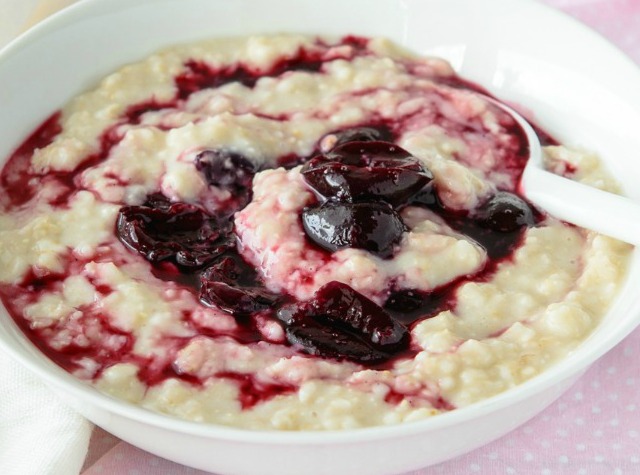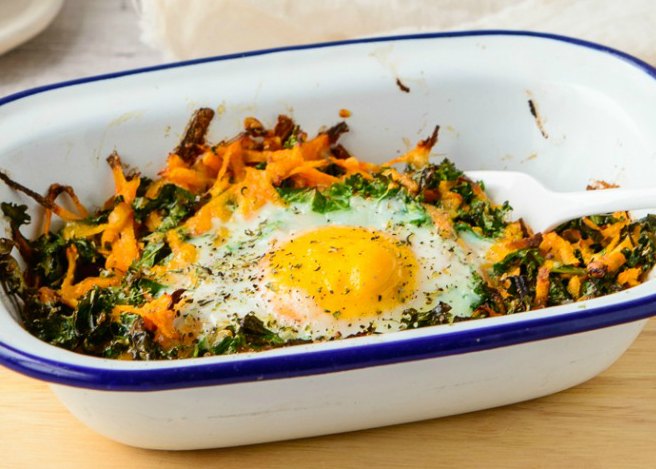
Bloating is often mistaken for stomach fat and it occurs when the normal flow of gas (produced in the colon after we eat or drink), is disrupted in some way getting trapped.
This results in distention and discomfort. But there are ways that you can reduce bloating and reduce stomach fat.
The good news is that there are lots of simple tweaks that can counteract common bloat-inducers. Here’s how to avoid loosening that belt buckle.

Bloating may occur due to a number of reasons including:
- Over eating
- Food sensitivities e.g. intolerance or sensitivity to gluten and/or lactose
- An imbalance between the good and bacteria in your gut
- Constipation
- Stress
- Hormonal imbalance
- Swallowing air, eating too fast, chewing gum
5 foods that cause bloating
1. Gassy foods

Some vegetables produce more gas than others do, such as cruciferous vegetables (broccoli, brussels sprouts and cabbage). Why?
They contain sulfur and a carbohydrate called raffinose, both of which are hard for the body to break down. This doesn’t mean you ditch your green entirely, just limit the amount you eat at one time to minimise its effect.
2. Junk foods

Fatty foods, particularly the saturated kind found in pastries, fried foods and processed meats take much longer to digest than carbohydrates or protein.
This extra time allows gas to build up, causing bloating.
3. Carbonated drinks
The tingly bubbles contain carbon dioxide, which once ingested, forms pockets of gas within the gut producing wind and belching.
4. Artificial sweeteners
Artificial sweeteners cannot be broken down in the stomach, therefore tend to linger in the gut creating a breading ground for the fermentation of bacteria, leading to production of gas.
Common culprits include aspartame, saccharin and sorbitol.
5. Salt

Salt causes your body to retain fluid, contributing to that puffy appearance and extra water weight. Surprisingly the majority of salt is hidden in processed foods, namely condiments, sauces and salad dressings.
As always read the labels.
Check out our BEST SELLING TUMMY Smoothie here

7 Flat belly foods
1. Oats

Fibre-rich oats stay in your stomach for hours which help to control hunger. Steer clear of instant oats or sugary flavoured varieties.
Choose natural rolled oats and sweeten it with yoghurt, fruit and cinnamon.
These 5 Ingredient Oats With Vanilla Cherry Compote are a great way to start the day!
2. Almonds

Chock full of filling protein and healthy fats which help to curb the appetite and reduce cravings. Snack on 10-15 almonds per day.
3. Wholegrains

Most wholegrains are low GI meaning they digest more slowly over time keeping blood sugar levels more stable – this prevents overeating and weight gain.
Think rye, spelt, barley, quinoa, oats and brown rice.
Snack on these High Protein Honey Apple Quinoa Muffins!
4. Eggs

Not only are eggs rich in protein, they contain a high content of vitamin B12 which helps break down fat cells more effectively.
Poached or boiled eggs are a perfect choice for a healthy breakfast.
Check out this recipe for Roast Sweet Potato And Baked Egg Hash.
5. Beans and legumes

These are packed with appetite-suppressing fibre and protein which keep hunger at bay.
Swap a meat-heavy dish for beans or legumes in casseroles, burritos, and pasta dishes a couple of times per week to increase the bulk without the added calories.
Make your own Healthy Homemade Baked Beans for a simple breakfast, lunch or dinner!
6. Olive oil

One of the keys to reducing fat around your midsection is to focus on eating monounsaturated fatty acids (MUFAs) – a healthy fat which help to keep cholesterol levels under control and satisfy hunger cravings.
MUFAs are also found in avocado and canola oil.
7. Oily fish

Apart from being a great source of protein, oily fish such as trout, salmon and tuna contain large amounts of omega-3 essential fatty acids. These fatty acids are less likely to store as body fat help the body process and flush out fats. Aim to eat fish three times a week.
This Salmon Tray Bake recipe is a delicious dinner to impress everyone with, but it’s actually super simple!
A note on food intolerance
Having a food intolerance means you will experience an adverse reaction to certain food components. There are many different types of food that people can be intolerant to but the most common include milk, wheat, and gluten.
If you think you have a food intolerance, then it’s important to get a proper diagnosis from a qualified medical practitioner. Don’t cut food groups out of your diet without medical advice, because you could miss out on important nutrients.







